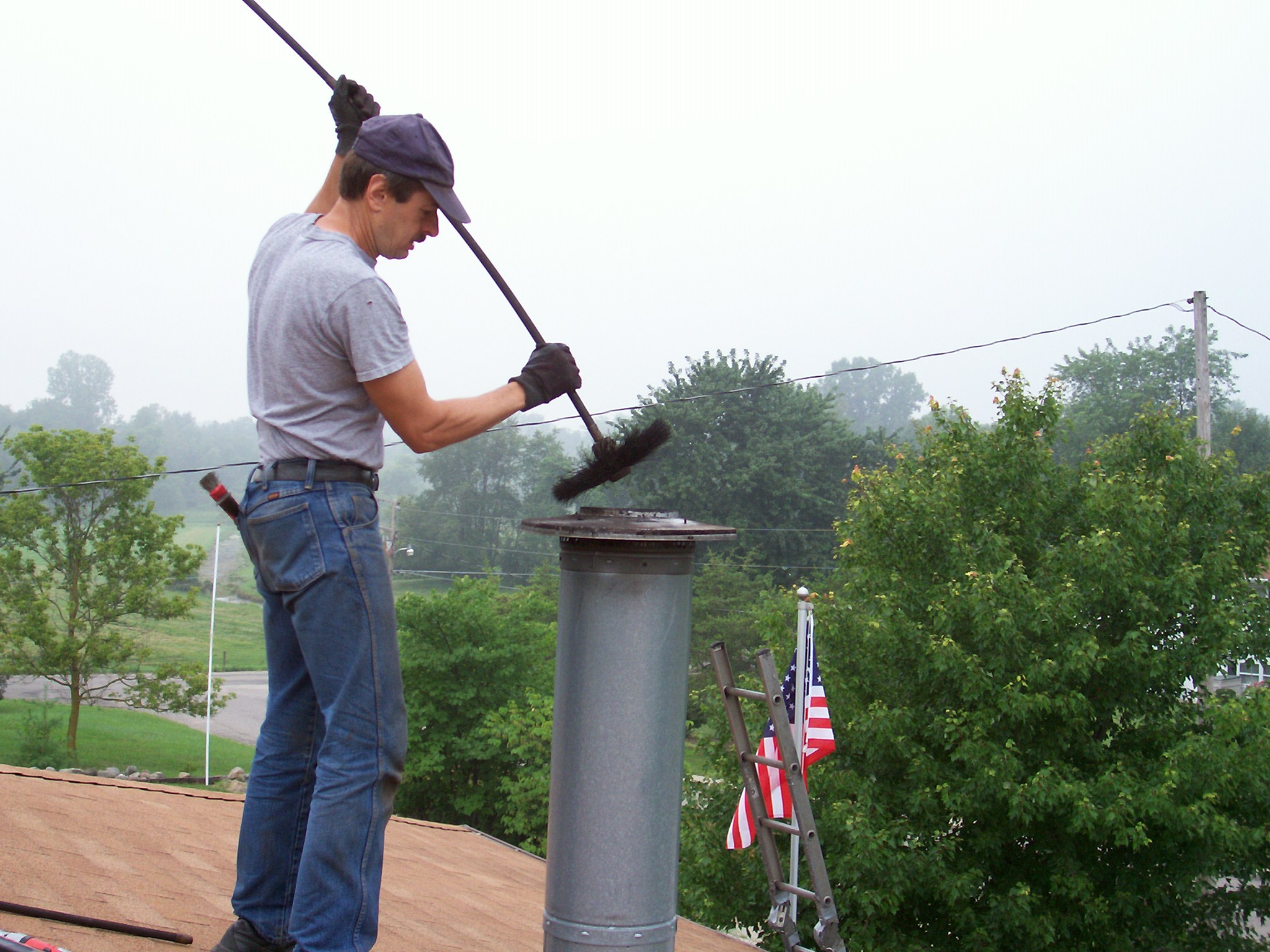The Ultimate Chimney Maintenance San Jose List for Comfort
The Ultimate Chimney Maintenance San Jose List for Comfort
Blog Article
Specialist Tips for Effective Smokeshaft Maintenance You Need to Know
Smokeshafts act as essential parts in lots of homes, offering warmth and comfort. Nevertheless, guaranteeing their proper upkeep is usually ignored until issues emerge. Comprehending the details of chimney treatment can be the trick to avoid expensive fixings and securing your home and family members. From the significance of normal inspections to safe operational practices, a thorough technique to smokeshaft upkeep is vital. Let's check out professional suggestions that can assist you keep your smokeshaft in optimal problem for years to find.
Importance of Regular Assessments
Routine inspections of chimneys are essential for ensuring their security and capability. Smokeshafts play an important function in venting out dangerous gases and maintaining proper air flow in a home. Over time, creosote buildup, debris, and architectural damage can occur within the smokeshaft, positioning significant threats such as chimney fires or carbon monoxide gas leaks.
Throughout a smokeshaft evaluation, educated specialists evaluate the problem of the smokeshaft, searching for any kind of signs of damages, blockages, or degeneration. They also inspect the honesty of the flue, chimney liner, and smokeshaft cap to guarantee every little thing is in correct working order. By recognizing and dealing with issues early, pricey fixings or prospective threats can be prevented.
Normal inspections not only assist in maintaining the safety of the chimney however additionally add to its total performance. A clean and well-maintained smokeshaft runs more successfully, ensuring proper ventilation and decreasing the danger of interior air contamination. Scheduling yearly chimney assessments is an aggressive procedure that house owners can take to shield their home and liked ones.
Cleaning Strategies and Regularity
Maintaining the safety and security and performance of a smokeshaft includes not only routine inspections yet additionally implementing suitable cleansing methods and figuring out the optimal frequency for cleansing. Chimneys ought to be cleaned by an expert chimney sweeper at the very least when a year, also if they are not regularly made use of. If the chimney is made use of on a regular basis, particularly with wood-burning stoves or fire places, it may need even more frequent cleanings to protect against the buildup of creosote, a very combustible substance that can lead to smokeshaft fires.
Property owners need to never neglect smokeshaft cleansing, as it is vital for preserving a functional and safe chimney system. Regular cleanings not only decrease the risk of chimney fires but additionally boost the smokeshaft's total efficiency and longevity.
Resolving Chimney Leaks

When dealing with smokeshaft leakages, detailed inspection and prompt repairs are vital click here for more to stop water damages and keep the architectural integrity of the smokeshaft. Leakages in a smokeshaft can lead to significant concerns such as mold and mildew growth, deterioration of the chimney framework, and also possible fire threats. To properly resolve smokeshaft leaks, begin by checking the smokeshaft cap, crown, flashing, and stonework for any helpful site kind of indications of damage or wear.
Comprehending Creosote Build-Up
To recognize the potential threats of creosote accumulation in smokeshafts, it is crucial to identify its formation procedure and effect on chimney efficiency. Creosote is a black or brown tar-like compound that builds up inside chimney systems when timber or nonrenewable fuel sources are melted. As smoke rises with the chimney, it cools down and condenses, causing the formation of creosote, which sticks to the smokeshaft walls.

Normal smokeshaft examinations and cleansings by an expert smokeshaft move are crucial in avoiding creosote build-up and guaranteeing the secure operation of your chimney system.
Safe Operation Practices
Executing appropriate security methods is crucial for the safe and reliable procedure of chimney systems. Constantly guarantee that the smokeshaft is professionally evaluated and cleansed regularly to eliminate any kind of creosote buildup, which can lead to chimney fires.
In addition, make certain to only shed skilled timber in your fireplace, as helpful resources damp or environment-friendly wood can produce even more creosote and trigger dangerous chimney blockages. Finally, never leave a fire neglected and constantly see to it the fire is completely extinguished prior to going to sleep or leaving your home. By following these safe operation practices, you can delight in a comfy and cozy fire while making certain the safety and security of your home and enjoyed ones.
Final Thought
In conclusion, preserving your smokeshaft is vital for guaranteeing its security and efficiency. Normal evaluations, correct cleaning methods, dealing with leaks, handling creosote accumulation, and following secure procedure techniques are crucial aspects of smokeshaft upkeep.
Over time, creosote build-up, particles, and architectural damages can happen within the chimney, posing major threats such as smokeshaft fires or carbon monoxide leakages.
If the chimney is utilized on a regular basis, specifically with wood-burning cooktops or fireplaces, it might need even more constant cleanings to protect against the buildup of creosote, an extremely combustible material that can lead to smokeshaft fires. (Chimney Maintenance San Jose)
To comprehend the possible risks of creosote build-up in smokeshafts, it is vital to identify its formation process and effect on smokeshaft efficiency. As smoke increases through the chimney, it condenses and cools down, leading to the development of creosote, which adheres to the smokeshaft walls.
Always guarantee that the smokeshaft is expertly inspected and cleaned on a regular basis to get rid of any kind of creosote buildup, which can lead to smokeshaft fires.
Report this page